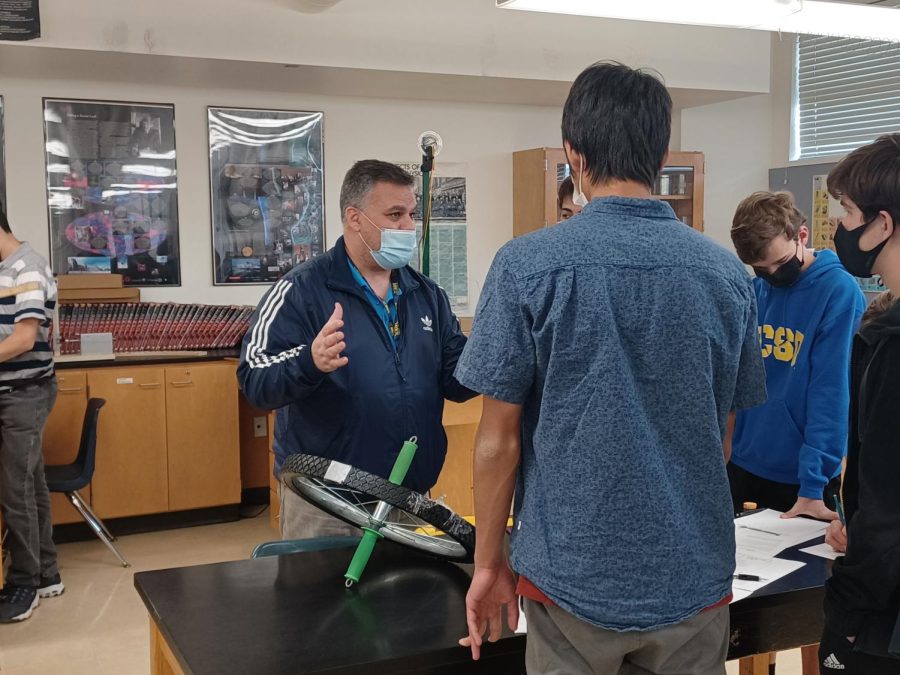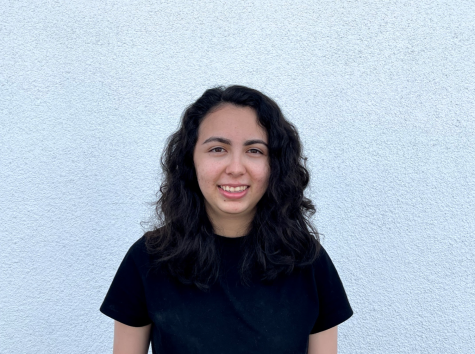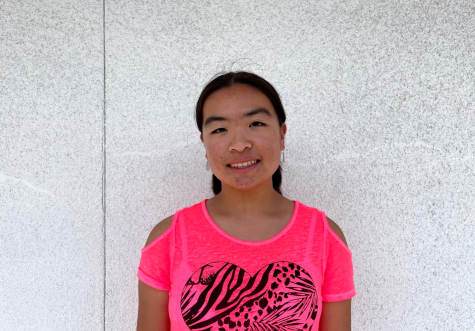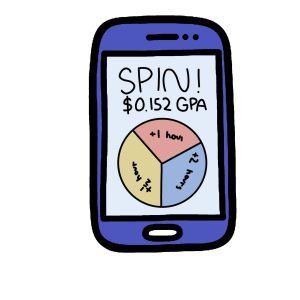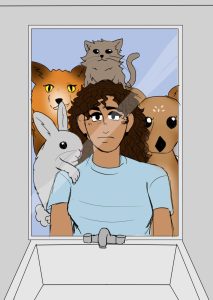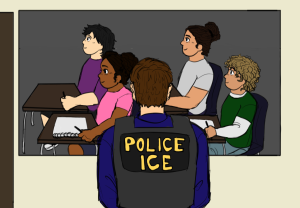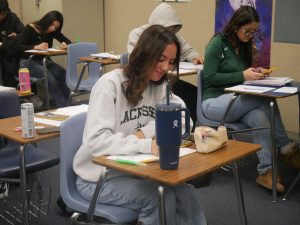“What other choice do we have?”
Teachers juggle hybrid learning and COVID absences with determination
AP Physics teacher Elan Hiller returns after contracting COVID-19 and quarantining for six days at home. Hiller resumes instruction as usual, explaining the physics of a wheel.
January 29, 2022
There is an empty desk sitting at the very front of the class. The silence during International Baccalaureate (IB) Biology’s class lecture is deafening. Just days prior, the front desk seated an outgoing student with questions to ask, but the rapid spread of the Omicron variant among students and staff at Bonita Vista High (BVH) has led to a climbing number of absences.
Advanced Placement (AP) and IB Biology Higher Level (HL) 2 teacher Michelle Mardahl, Ph.D., begins to worry that she might be next, but should the day come where COVID-19 forces her out of the classroom and into quarantine, she declares that she will do whatever it takes to make sure all of her students learn. For many teachers at BVH, this means adopting methods of hybrid learning.
Live video conferences through Google Classroom or Zoom—required for teachers with students that are on a documented COVID-19 related absence, and “strongly suggested” by BVH administration regardless—are becoming increasingly common ways for teachers to accommodate classes for absent students. According to English 10 Accelerated teacher Rosamaria Sias, teachers are “trying their best to keep the pacing” of instruction, even in the face of rising student absences. The required 10 day quarantine period for those who contract the virus, however, worries her.
“10 days is a long time for students to be gone. I can’t imagine what it’d be like for the classes where they really struggle in, or for a student that’s at home and doesn’t have that support and self motivation. Try coming back to school after those 10 days and picking up the pieces,” Sias said.
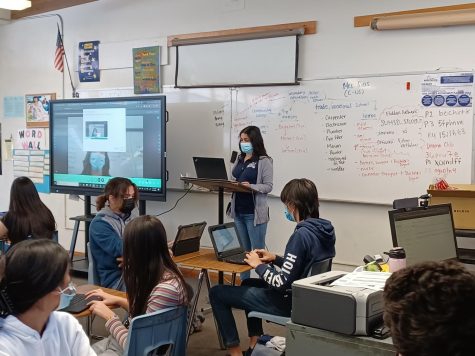
Five days before returning to school from winter break, Sias tested positive for COVID-19, and was absent from the classroom for five more days. Being an asymptomatic case, Sias was able to carry on with classwork even from home, surprising many of her students with how quickly she replied to their messages. However, she explained how keeping up with the coursework was motivated by the stressful possibility of falling behind upon her return.
“[I’ve just been] trying to keep on top of the workload and be a step ahead because I wanted them to know that I wasn’t gone. I wasn’t just going to disappear,” Sias said. “I feared coming back would be too much and overwhelming for me, [but] you just do it. As a teacher, you naturally go back into it. You have to, because the students need you.”
Sias, upon her return, began streaming classes through Google Meet for students at home. These virtual hybrid classes were also adopted by AP Physics teacher Elan Hiller, who contracted COVID-19 and was absent from the classroom for six days. He expressed how staying on track with coursework would be difficult without the use of video calls, as he taught classes during his time in quarantine.
“My college-level physics classes were learning brand new [concepts] this week. It was primarily for them that I decided to jump on Zoom, and not leave it [class lessons] in the hands of a substitute. I wasn’t going to put all that burden on them,” Hiller said.
In addition, Hiller posts video lessons on Google Classroom for his students to take notes. However, he finds that completing classwork becomes difficult for his students when they’re moved to the cafeteria. This is a consequence of the recent substitute shortage across Sweetwater Union High School District (SUHSD), and BVH is forced to move entire classes into the cafeteria where they are kept for the rest of the class period.
“More often than not, my class is shuttled to the cafeteria, with five other classes and they’re not doing the lesson I left for the substitute,” Hiller said. “With the [substitute] shortage, it’s only made things worse. I don’t want to put together substitute plans if I know my students are just going to be corralled to the cafeteria, and it’s just going to be a waste.”
Despite fears of his class period spent in the cafeteria, Hiller continued to open Zoom calls during his time away and still does even after his return, in order to teach to those students still at home. Mardahl, who also began streaming classes over Google Classroom, worries about possibly contracting the virus. Tasked with caring for her 91-year-old father, a positive case would be dangerous. However, she asserts that even in the case of her absence, she will utilize video calls and online assignments to prepare her students for their upcoming exams.
“Every single day, we’re getting ready for the IB and AP tests. I have a goal and a standard to go over every single day. There’s no extra time. I’m going to try to be online, to be there for you guys [students] no matter what. If [I get COVID-19] after the tests, you guys are fine,” Mardahl said, chuckling. “But until then, it’s go time this semester. Go, go go!”
Although rising COVID-19 cases have left BVH going through “the thick of it” according to Mardahl, the adoption of hybrid learning strategies such as live video calls and online assignments allow for school to be carried out behind a computer screen.
“We’re gonna have to push through it as best we can. We spent a whole year in distance learning saying exactly the same thing. ‘We’re going to make lemonade out of lemons, we’re gonna do the best we can with a horrible situation.’ That’s exactly what we have to do now,” Hiller said. “It’s not an optimal situation, but we have to do the best we can, because what other choice do we have?”

